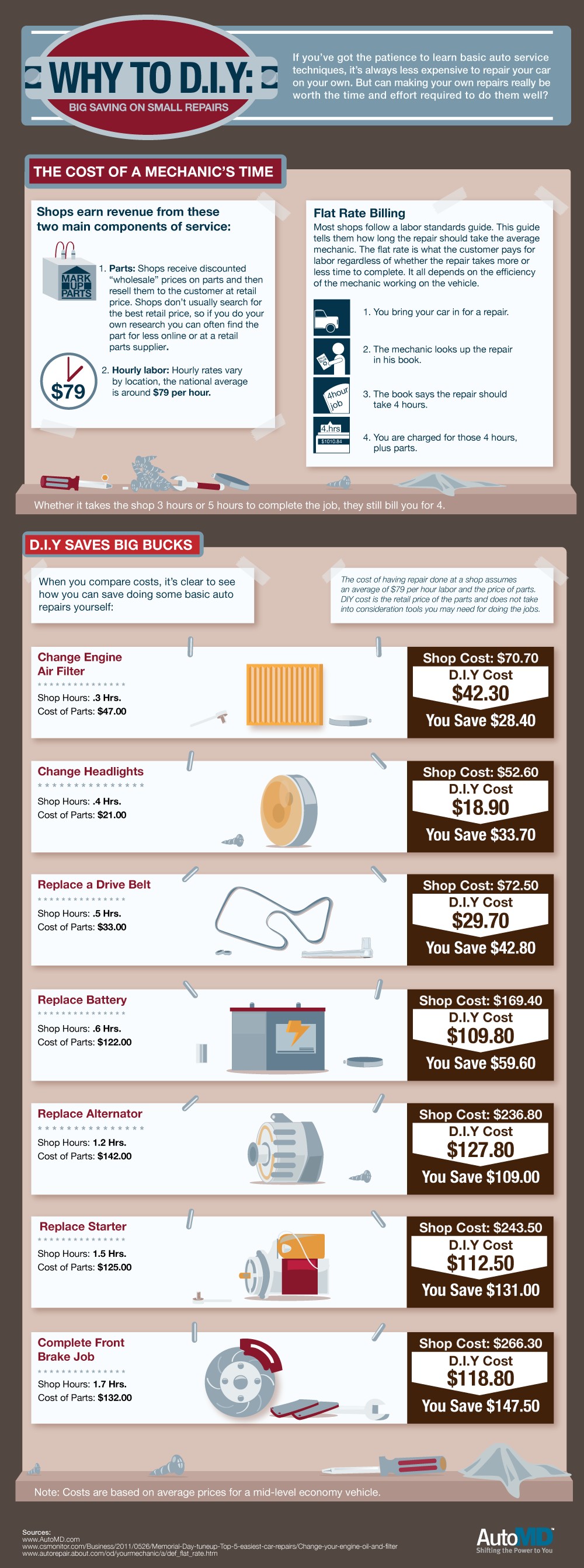Wondering Regarding The Definition Behind Those Control Panel Caution Lights? Gain Insights Right Into Their Ramifications For Your Lorry'S Safety And Maintenance
Wondering Regarding The Definition Behind Those Control Panel Caution Lights? Gain Insights Right Into Their Ramifications For Your Lorry'S Safety And Maintenance
Blog Article
Web Content By-Vinson Corbett
When you're behind the wheel, those glowing caution lights on your dashboard can be a little bit complicated. Do you recognize what they're trying to tell you regarding your vehicle's health and wellness? Comprehending the value of these lights is essential for your safety and security and the longevity of your vehicle. So, the next time among those lights appears, wouldn't you intend to analyze its message accurately and take the required actions to resolve it?
Common Warning Lighting and Interpretations
Determine common caution lights in your vehicle and understand their definitions to ensure risk-free driving.
One of the most typical caution lights consist of the check engine light, which signals problems with the engine or exhausts system. If this light begins, it's critical to have your car checked promptly.
The oil pressure advising light indicates reduced oil stress, calling for instant interest to prevent engine damage.
A flashing battery light might suggest a faulty charging system, potentially leaving you stranded if not addressed.
The tire pressure surveillance system (TPMS) light notifies you to low tire stress, influencing automobile security and fuel performance. Neglecting this could result in dangerous driving problems.
The abdominal light shows a trouble with the anti-lock braking system, compromising your ability to stop promptly in emergency situations.
Last but not least, the coolant temperature level advising light warns of engine getting too hot, which can result in serious damage if not settled quickly.
Recognizing these usual warning lights will assist you deal with issues immediately and keep risk-free driving problems.
Significance of Prompt Attention
Recognizing the typical caution lights in your automobile is only the very first step; the value of immediately attending to these warnings can't be emphasized enough to ensure your security on the road.
When a warning light brightens on your control panel, it's your auto's way of connecting a potential problem that requires interest. Disregarding these warnings can bring about much more severe problems later on, endangering your safety and security and potentially costing you extra out of commission.
Prompt focus to cautioning lights can prevent failures and crashes. For example, a blinking check engine light could suggest a misfire that, if left unattended, could trigger damage to the catalytic converter. Addressing this immediately can save you from a pricey repair.
Similarly, a brake system advising light might signal low brake liquid or used brake pads, crucial parts for your security when driving.
DIY Troubleshooting Tips
If you see a warning light on your dashboard, there are a couple of DIY troubleshooting pointers you can attempt prior to seeking professional aid.
The initial step is to consult your auto's handbook to understand what the details warning light indicates. Sometimes the problem can be as basic as a loosened gas cap activating the check engine light. Tightening up the gas cap might settle the issue.
An additional typical concern is a low battery, which can activate numerous alerting lights. Inspecting the battery links for rust and guaranteeing they're safe could take care of the issue.
If a warning light persists, you can attempt resetting it by separating the vehicle's battery for a couple of mins and then reconnecting it. In addition, examining your lorry's liquid degrees, such as oil, coolant, and brake liquid, can assist fix alerting lights connected to these systems.
Conclusion
To conclude, recognizing your vehicle's caution lights is essential for maintaining your car running smoothly and safely. By immediately addressing https://www.forbes.com/sites/forbesfinancecouncil/2022/07/26/five-credit-tips-to-keep-in-mind-when-preparing-to-buy-a-home/ and knowing what they imply, you can stay clear of pricey repairs and possible failures.
Remember to consult your car's guidebook for specific information on each cautioning light and take action accordingly to make certain a trouble-free driving experience.
Keep notified, stay carwashplaces -free on the road!
